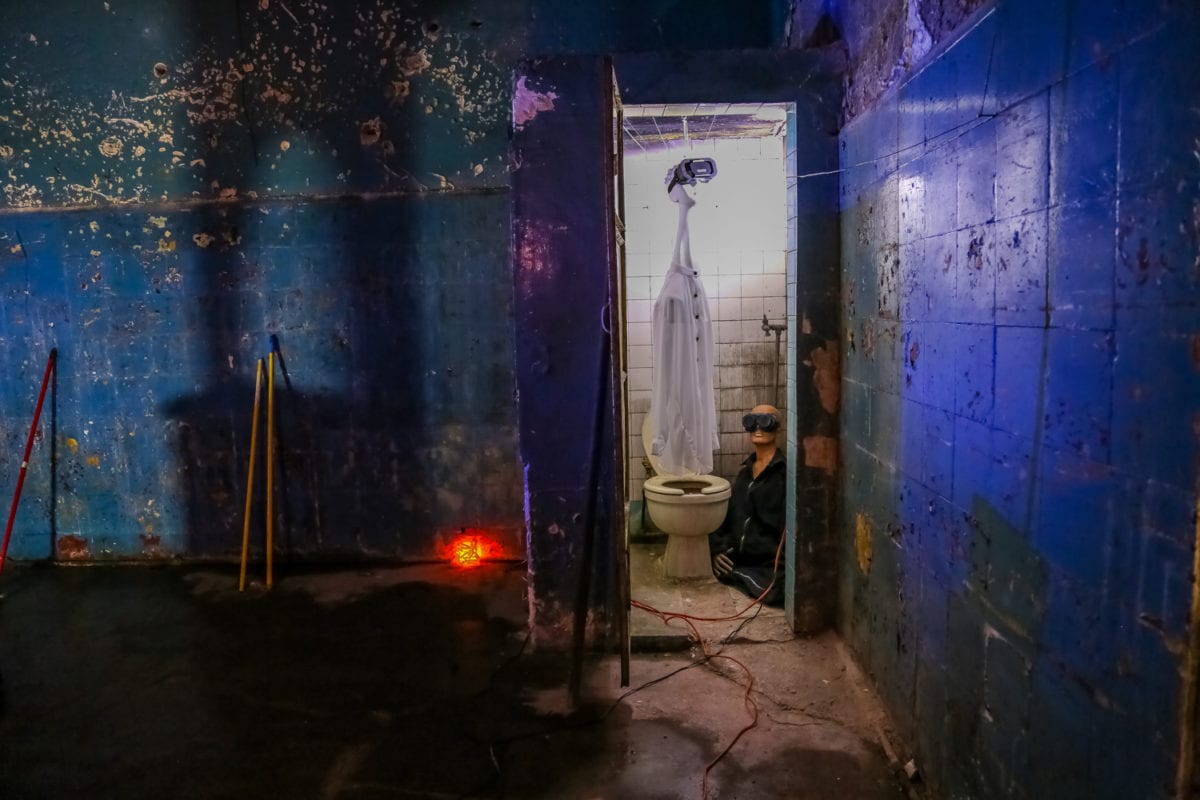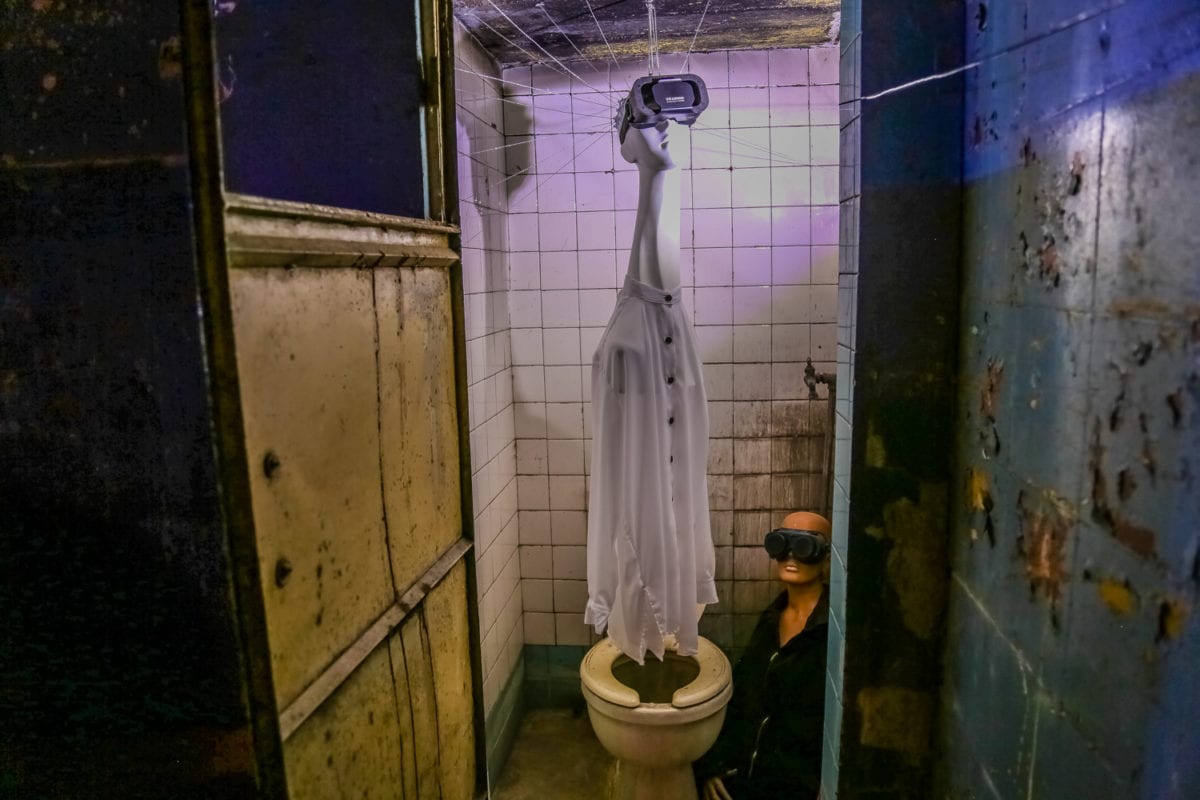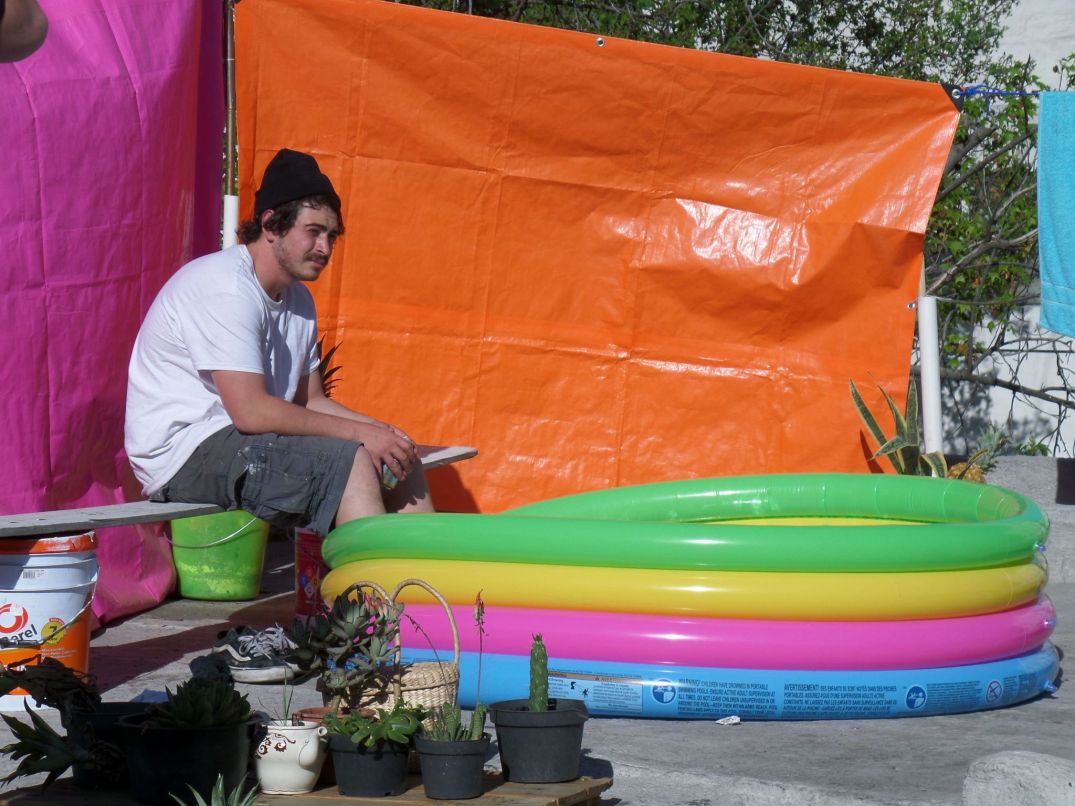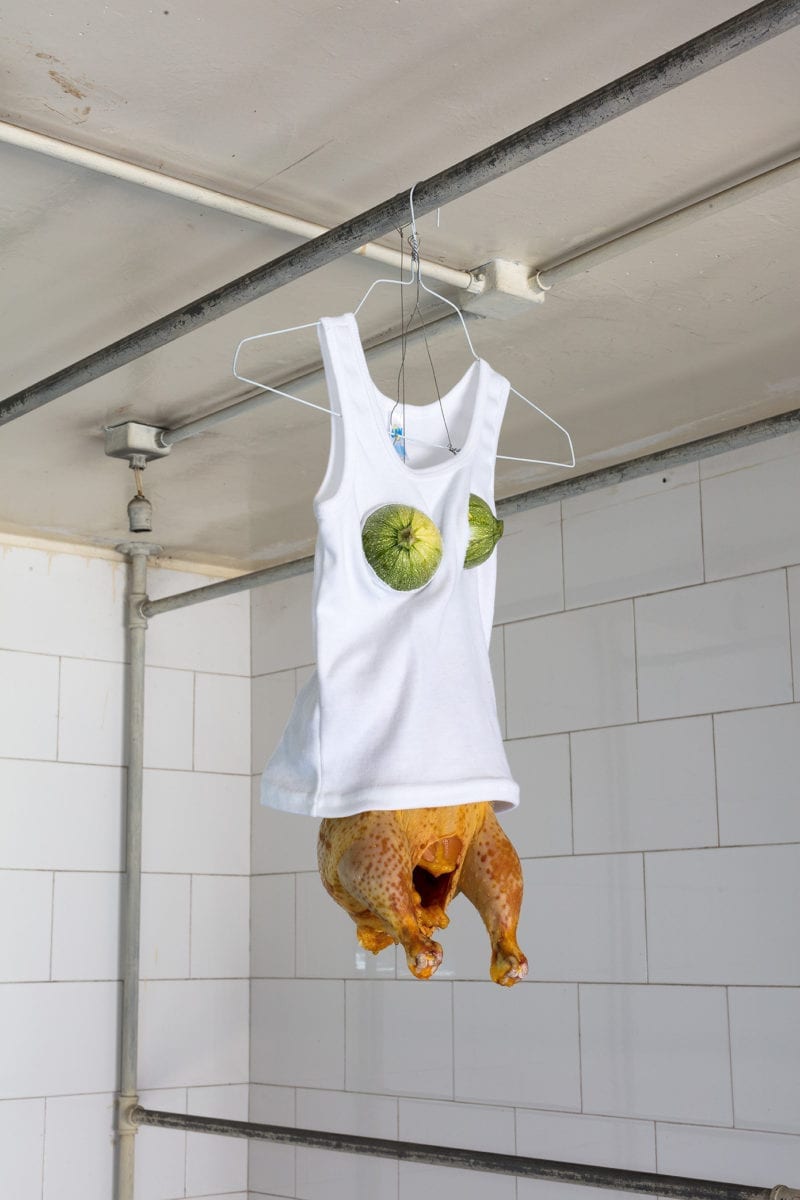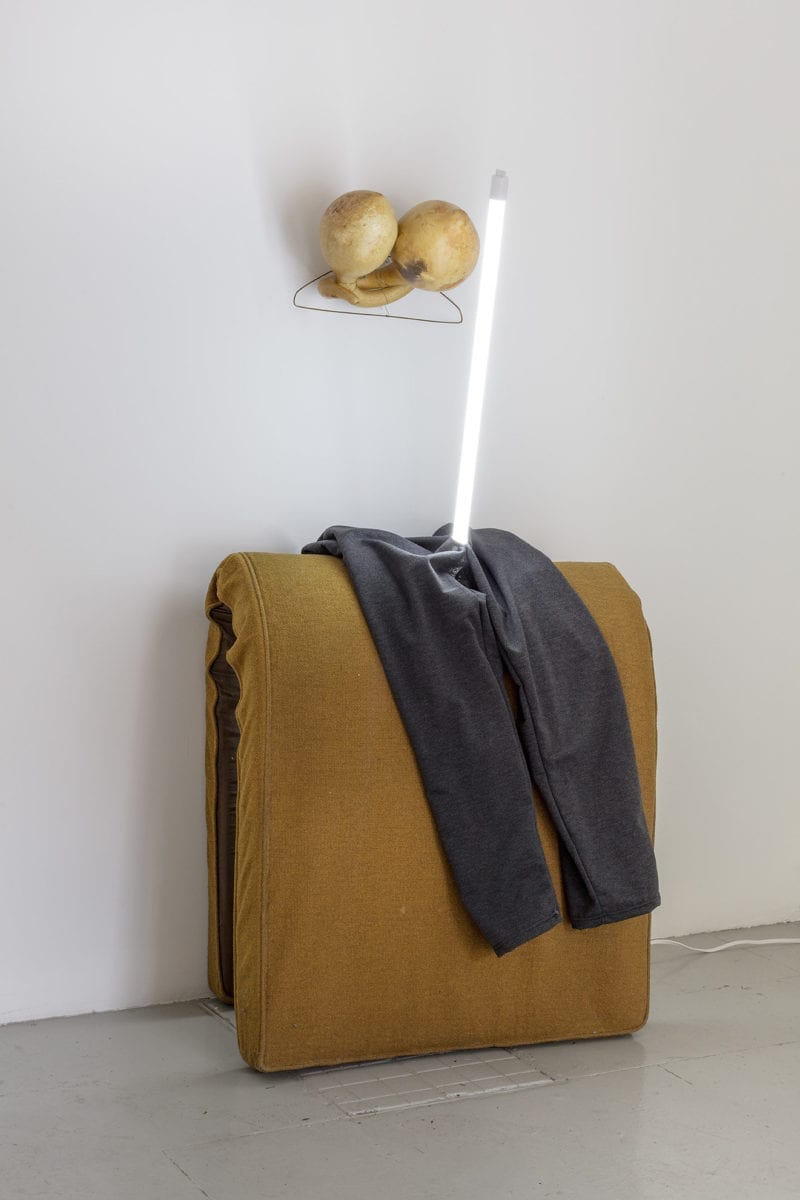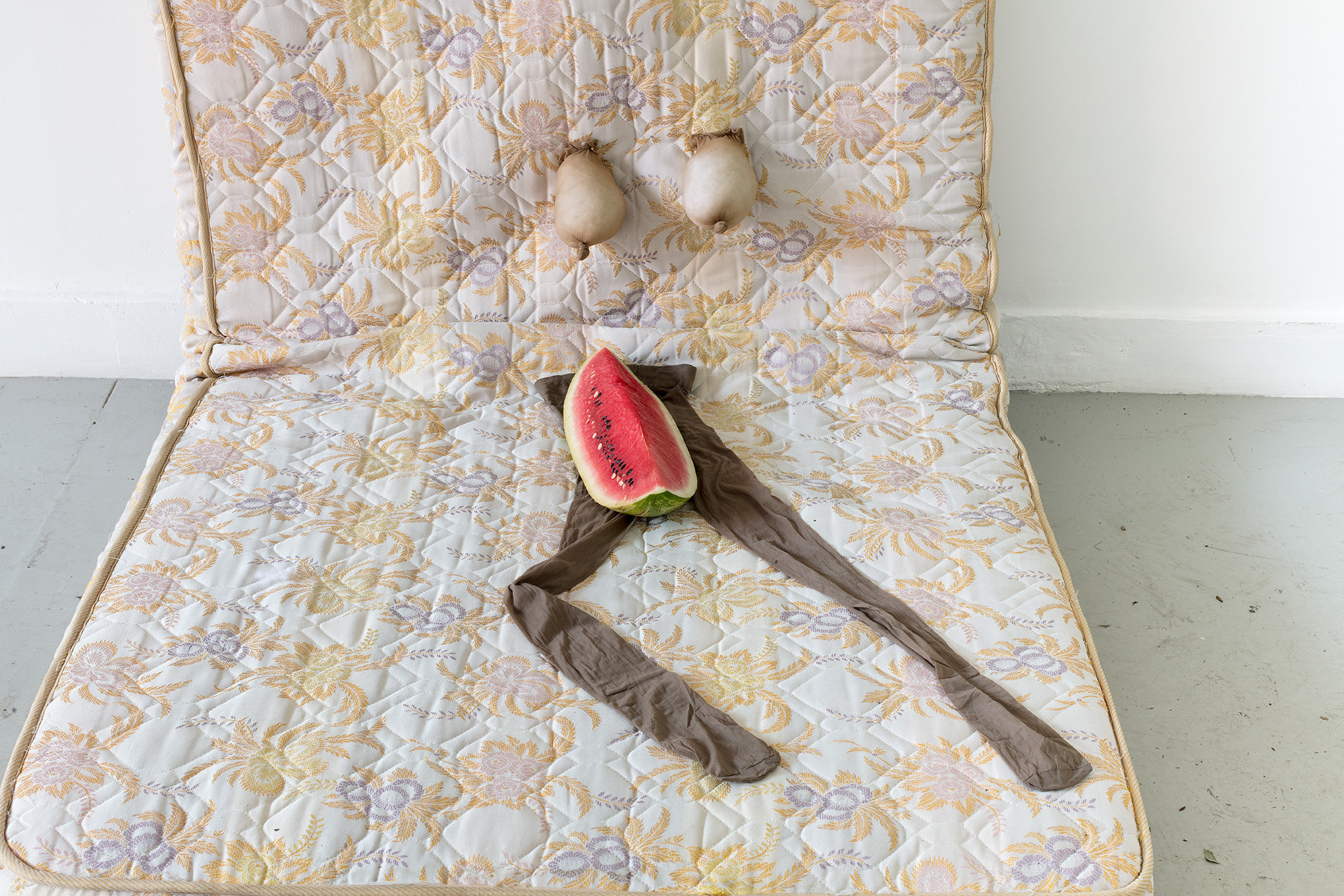
It’s no exaggeration to say that artist collectives constituted the lifeblood of Mexico City’s art scene in the nineties and paved the way for the effervescent art ecosystem that exists today. Since the explosion of the global art market in the 2000s, Mexican artists have become feted internationally and art institutions have proliferated in the city. But money and power remain concentrated in the hands of a few players and artist-run spaces occupy a crucial place in the landscape. These represent the pulse of the city and are instrumental in fostering experimentation and dialogue between emerging artist communities in Mexico and abroad, which they do through savvy use of social media, bypassing traditional cultural networks. I visited three—Salón Silicón, Biquini Wax EPS and Ladrón—to discuss their aims and priorities which, contrary to what their names might suggest, go well beyond the scope of beauty treatments.
Biquini Wax EPS
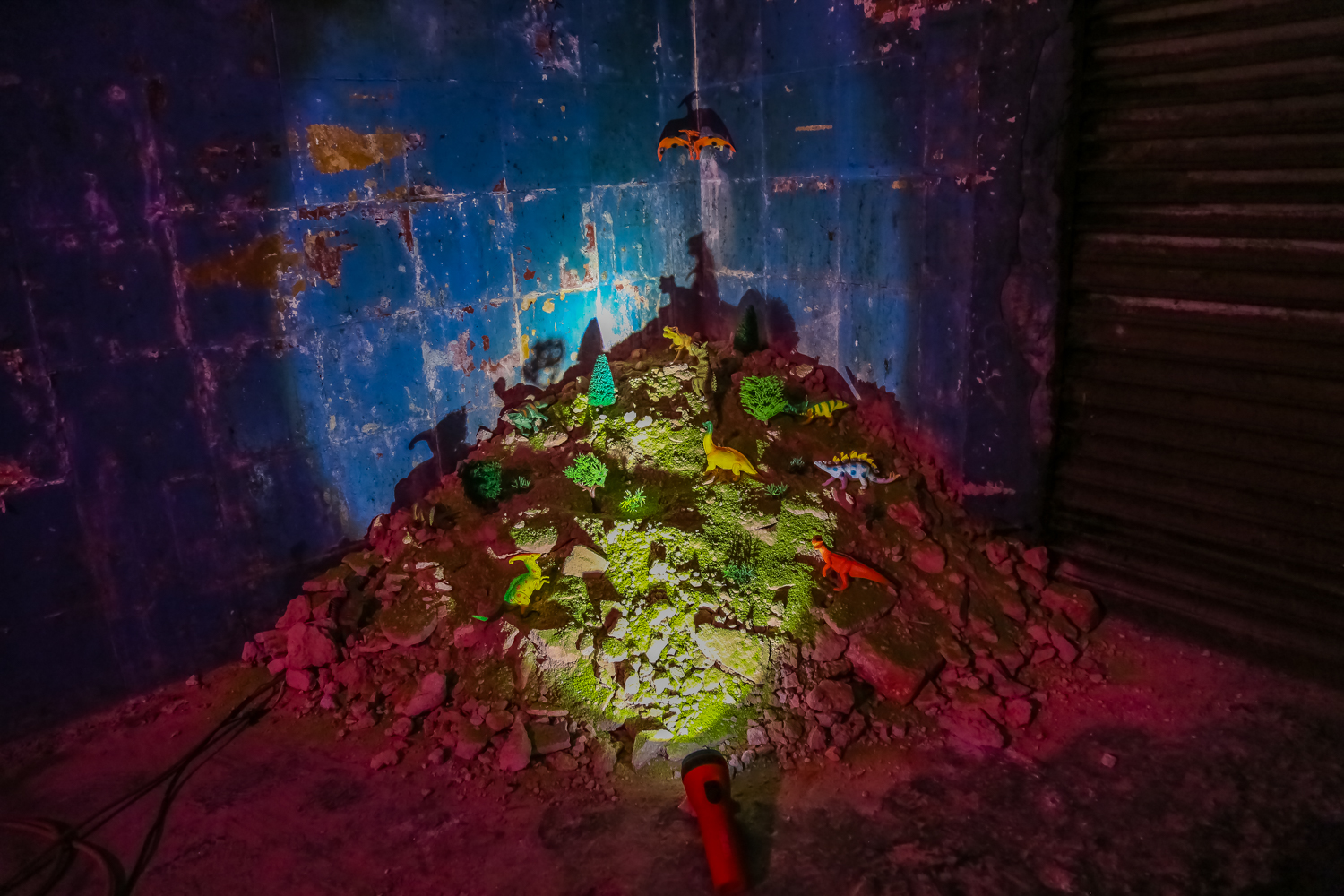
One of Mexico City’s best known artist collectives is Biquini Wax EPS, which calls itself a contemporary art sect. (EPS stands for (translated) Space of Sensitive Production, Sunny Pataphysical Building and Exhibitions Per Second, BW’s founder Daniel Aguilar Ruvalcaba quips.) The twelve-strong group of artists, art historians, writers and curators are currently looking for a new HQ after moving out of the ramshackle building-cum-squat they occupied in the rough Doctores neighbourhood from March 2017 to October 2018. I met Aguilar Ruvalcaba at that legendary space where every nook and cranny, including the roof, reached by a precarious central stairwell, and a spacious courtyard out back, was coopted for a frenetic schedule of free exhibitions, performances, workshops, exchanges and seminars.
Early last year, for instance, Mexican artist Abraham Gonzalez Pacheco created an intervention in the form of a deep hole in the courtyard, playing on the archeological dig in this highly excavated country. The dugout hosted several exhibitions, a barbecue and a drawing competition. Nearby, a pink platform and neon sign saying Mauricon (a pun on the name Mauricio and Spanish slur for queer) bore testament to a drag show by Tijuana artist Mauricio Muñoz.
“They have no leader and never exhibit their own works in the space”
Ruvalcaba started Biquini Wax in his grandmother’s house in Guanajuato, central Mexico, in 2011. When he moved to the capital in 2013 to study art, the collective moved too. Biquini Wax is fiercely egalitarian and autonomous; they have no leader and never exhibit their own works in the space. “We don’t want to make it a platform for us. It’s for everyone,” Ruvalcaba notes. “It’s really a place for meeting, collaboration, conversation.” Biquini Wax members have shown around Mexico, in Switzerland, Colombia, the U.S. Last May they co-organized a group exhibition in Los Angeles around a critique of neoliberal ideals and “Naftalgia” or (ironic) nostalgia for the free trade agreement NAFTA, which included live-streamed readings of fictional texts by US and Mexican writers as an extension of the import-export theme. According to Ruvalcaba, “Everything that interests us is critical with the state of things.”
Ladrón
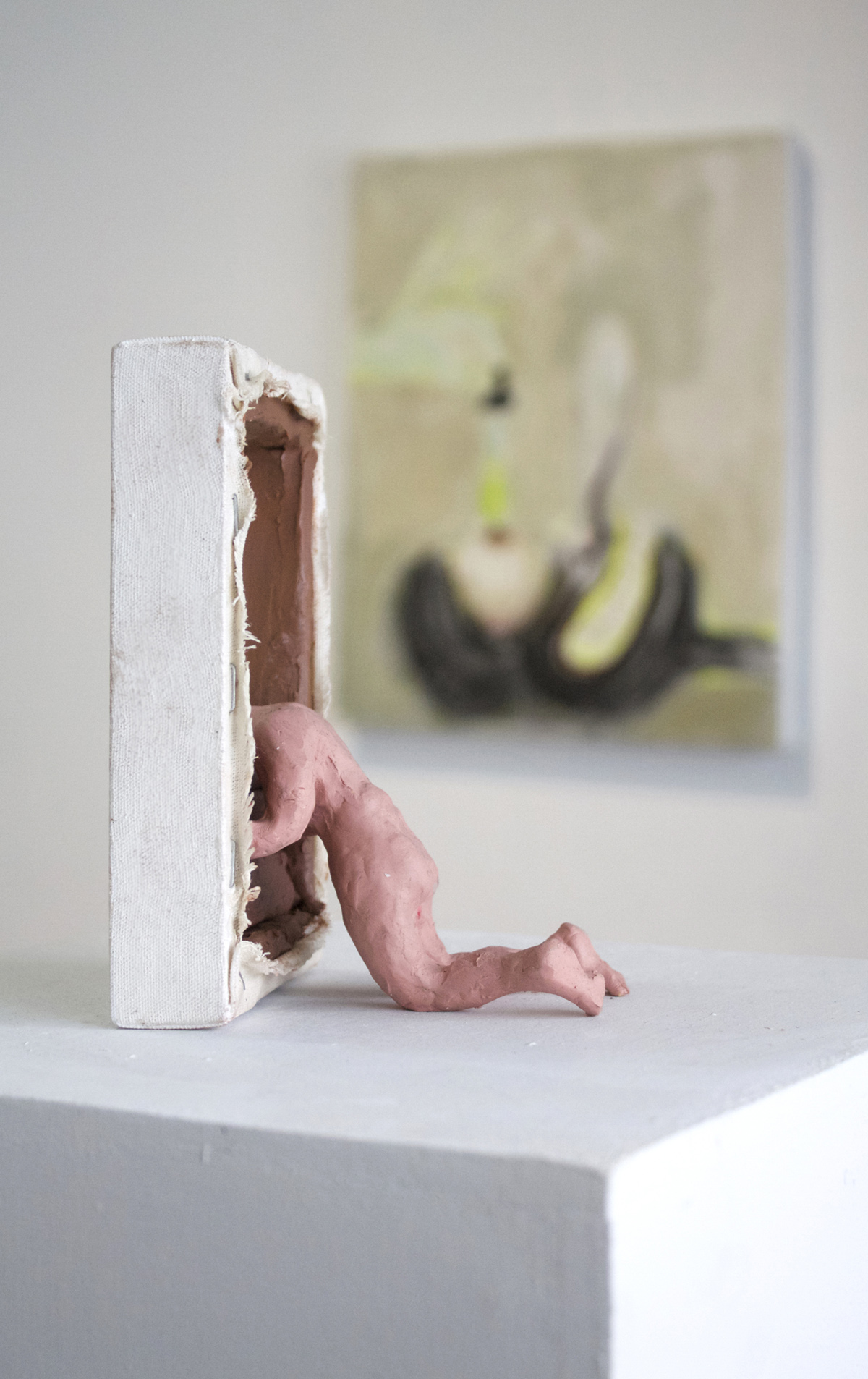
Located in a house in Doctores, Ladrón (which means thief in Spanish) is run by three artists, Wendy Cabrera, Marco Aviña and Marek Wolfryd. Ladrón began life in 2014 as a fictitious gallery for a student art fair while they were at La Esmeralda art school on the outskirts of the city. Soon after, the artists were offered the run of a disused hacienda nearby where they staged a raft of exhibitions and events. Their first Ladrón project was The Art of Selling Juice, a free screening of a 2015 concert by the controversial Viennese actionist Hermann Nitsch after Museo Jumex cancelled his show. Exemplifying their subversive approach, they recorded the performance on their phones for everyone who hadn’t been able to get in and after the screening held a discussion around censorship in the art world.
Ladrón moved into its current premises in November 2016 when the hacienda was sold for demolition (although they’re also on the hunt for a new home as their landlord is terminating their contract after this month). “The three of us see Ladrón as an art project, a curatorial practice maybe,” Wolfryd tells me. They stage a joint show of two different artists each month. When I stop by, beer cans litter the tiled floor, remnants of a tattoo party with DJs that they hosted the weekend before, and the walls are painted with graffiti for a group show of Japanese and American artists. Laura Meza, a Mexican artist, was setting up two paddling pools on the roof along with tropical plants and brightly coloured tarpaulins for a solo show about fetishization of the tropical and the colonial legacy. In 2016 they launched the Open Painting Salon as an alternative to the Museo Rufino Tamayo’s painting biennial. “The institution has a pyramid system with a prize for the best painting, but ours was free for everyone; any size, technique or idea is accepted,” says Wolfryd. For the Salon’s 2018 iteration, around 350 paintings by 222 artists were crammed into the small apartment. The resourceful trio fund their projects by importing Japanese meat and selling it to restaurants. They also rent out a truck they own for removals.

Salón Silicón
In a domestic landscape from which identity politics is largely absent, Salón Silicón are a welcome addition with their feminist and queer focus. Less than a year old, the space is housed in a former dry cleaner, with tiles and cleaning rack still intact, and was founded by Olga Rodríguez, studio manager for Damiàn Ortega, and two artists Laos Salazar and Romeo Gómez López (who also works with Ortega). “Even though we don’t consider Silicón to be a ‘feminist’ or ‘queer’ space, we do consider ourselves as both those things, so there are certain principles that guide our selection of artists,” says Rodríguez. “Showing at least fifty percent women artists seems like an ‘It’s the least we can do’ sort of thing.” Freshness characterizes their programme. One of their first shows, Galerías Similares, was based on the idea of Mexico’s Farmacias Similares, which sell generic drugs cheaply. “So we invited artists to simulate an important artwork which would then be sold at production cost,” says Salazar. Someone created a piece using eyeshadow after Ellsworth Kelly’s Spectrums series, another artist restaged Felix Gonzalez Torres’s famous light bulb work. “It was a huge hit,” says Gómez López. “We had red dots everywhere,” Rodríguez adds.
![]()
Salón Silicón had another coup in March when Sarah Lucas, who was over for her exhibition at Kurimanzutto, gave them a one-night show. I ask if they pulled strings through Ortega, who is also with Kurimanzutto, but Lucas volunteered the idea herself. “We had a phone call saying ‘Get some old mattresses, neon lights, pantyhose, underwear and a chicken,” says Rodríguez. “We overdid it, because of course if Sarah Lucas says ‘Buy panties’, you buy fifty of them.” Working on the hoof as she does best, Lucas threw together an impressive show in two hours.
When I visited, Salón Silicón had an intriguing multi-media exhibition by the Turkish-French artist Mathilde Melek An alongside a powerful video about gay sex workers in a Turkish sauna by the Israeli artist Amnon Friedman. So what’s with the name Salón Silicón? “We love silicon. It’s like a plan for the future,” jokes Gómez López. “It’s mostly for the sound, but it’s also a material you can do pretty much everything with, it’s synthetic, lasts forever and feels like a good representation of the mass media preoccupation.” “We can be the Silicon Girls,” says Rodríguez.
